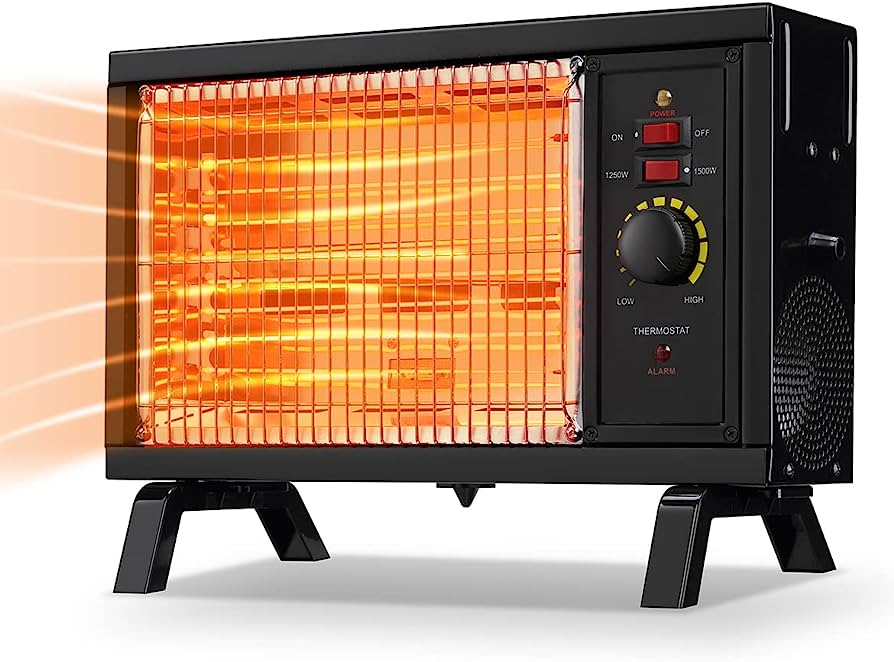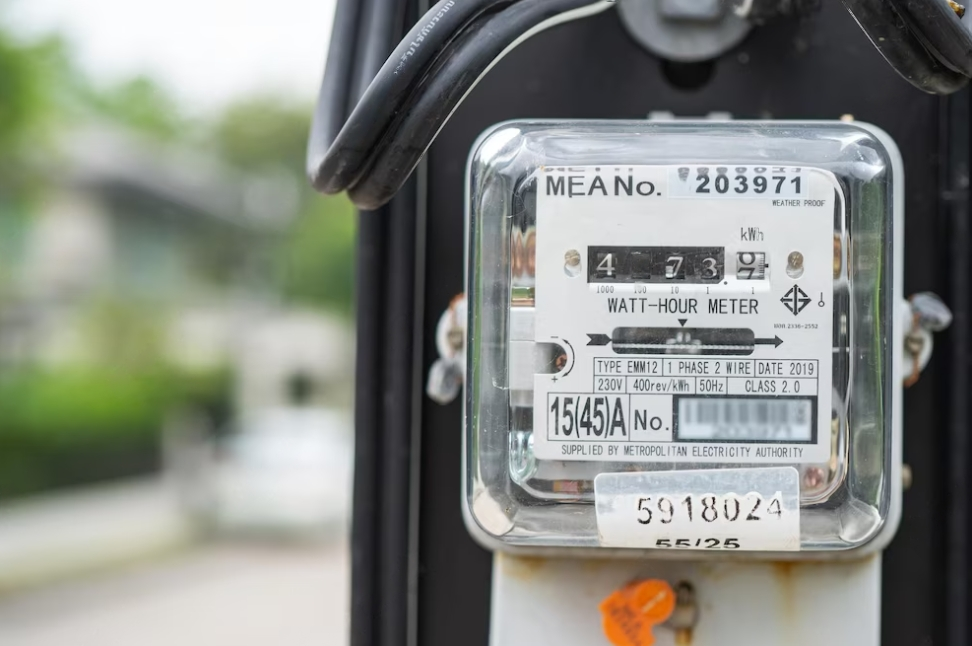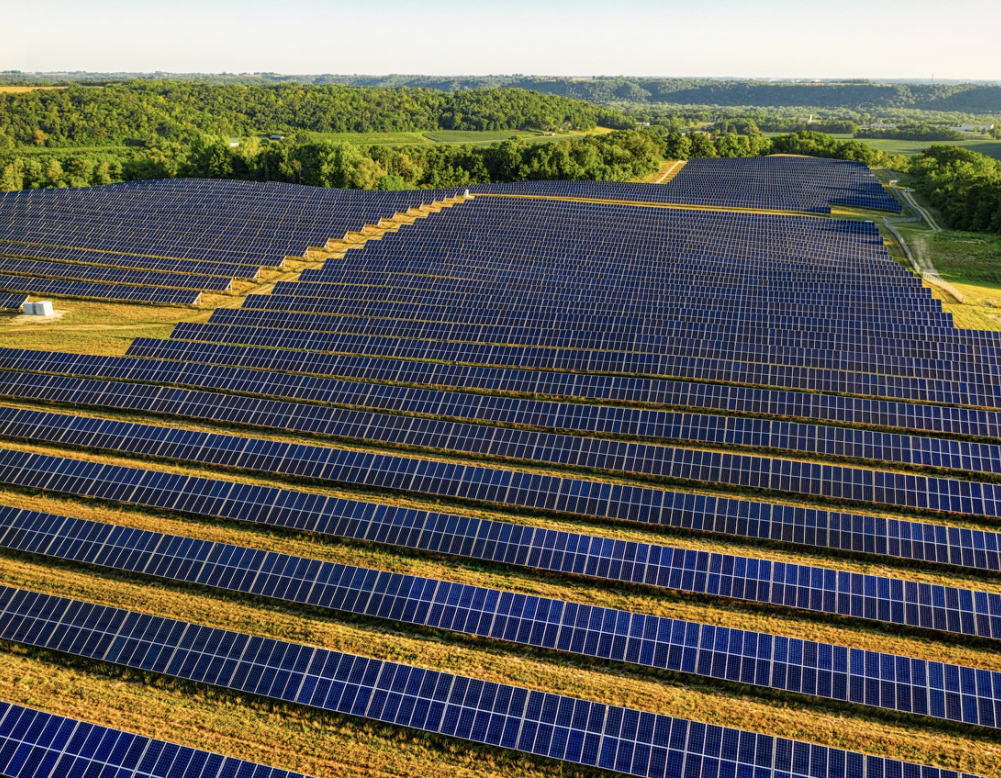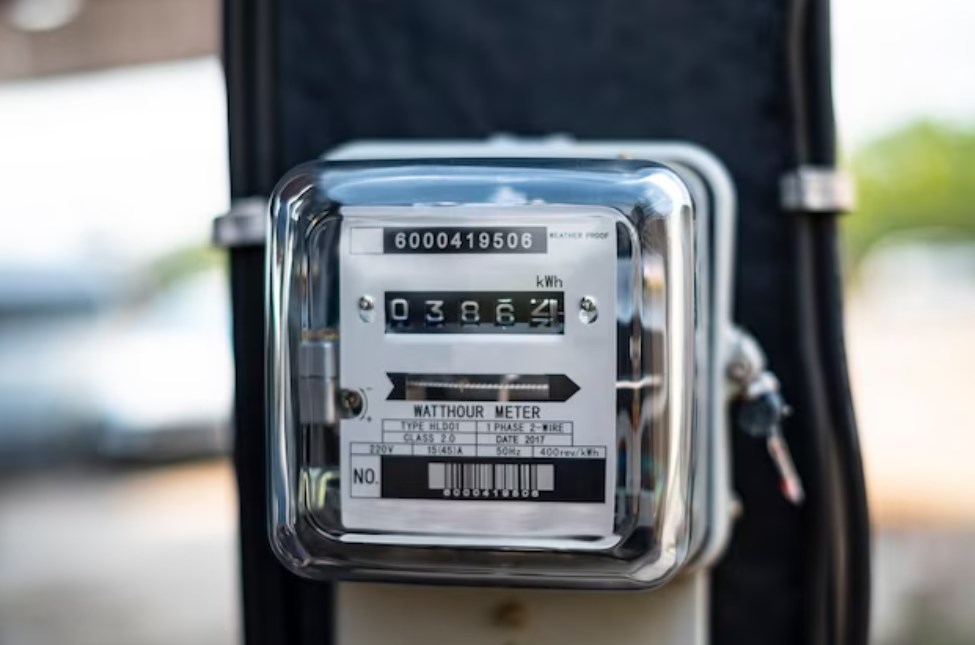As the winter chill sets in, the comforting warmth of a heater becomes an indispensable necessity. However, with the ever-growing emphasis on energy conservation and responsible energy consumption, understanding the economics of running a 1500-watt heater becomes paramount. In this comprehensive article, we will delve into the intricacies of watts and cost per hour associated with these heaters, providing readers with valuable insights into optimizing energy usage and managing heating expenses effectively.
Seasonal Variation: The Impact of Changing Seasons on Heating Costs
One crucial factor that significantly affects the cost per hour of a 1500-watt heater is seasonal variation. As temperatures fluctuate throughout the year, so do heating requirements. This section will delve into how seasonal changes influence heating costs and provide tips on adjusting heater usage to match different climate conditions.
As the winter months grip us in their icy embrace, the demand for indoor heating escalates. During these colder days, the 1500-watt heater will likely operate for longer periods to maintain a comfortable indoor temperature, inevitably leading to higher energy consumption and increased costs per hour. Conversely, during milder seasons, such as the delightful spring or the crisp fall, the heater’s usage may naturally decrease, resulting in more affordable costs per hour of operation.
To manage heating costs effectively throughout the changing seasons, homeowners can adopt several clever strategies. During milder months, consider embracing natural ventilation or capitalizing on passive solar heating during the day to minimize the need for the heater. At night, set the heater to a lower temperature or employ energy-saving features, like a programmable thermostat, to reduce energy usage during sleeping hours. Regularly adjusting the temperature settings based on the outside weather conditions can help strike a harmonious balance between comfort and energy savings throughout the year.
Energy-Saving Features: The Key to Efficient Heating
In the relentless pursuit of energy efficiency, modern heaters come equipped with an array of innovative features that can significantly impact their cost per hour. This section will explore the various energy-saving features available in 1500-watt heaters, such as programmable thermostats, timers, and smart controls. By harnessing these features, homeowners can tailor their heating to specific needs and avoid unnecessary energy consumption.
Amidst the rapid advancements in heating technology, programmable thermostats stand tall as a powerful tool in the battle against wasted energy. These ingenious devices allow users to set specific heating schedules based on their daily routines. By programming the heater to lower temperatures during periods of absence or at night, homeowners can avoid futilely expending energy on unnecessary heating when no one is around to enjoy the warmth.
Timers, another remarkable energy-saving feature, grant users the ability to schedule the heater’s operation at specific times. This functionality proves especially valuable for homeowners with established daily routines. Imagine this scenario: you leave for work at precisely the same time every day. With the timer, you can program the heater to turn on shortly before your departure and turn off when you expect to return home. This way, you can bask in the cozy comfort of a warm living space when needed, without wasting energy during hours when the heater is not required.
Moreover, in this era of technological marvels, smart controls have risen to prominence as a game-changer in heating management. These sophisticated systems allow for remote operation through user-friendly mobile applications. Picture this convenience: even if your plans change unexpectedly, you can effortlessly adjust heating settings from anywhere, ensuring that the heater operates efficiently and in harmony with your dynamically shifting schedule. The icing on the cake comes in the form of real-time energy consumption data, which empowers homeowners to track usage patterns and make well-informed decisions to optimize energy efficiency.
Energy Rebates and Incentives: Unlocking Savings Opportunities
Beyond the realm of advanced features lies another avenue for potential savings – energy rebates and incentives. Many regions offer enticing incentives to encourage consumers to adopt greener heating practices. This section will shine a light on the available rebates and incentives, demonstrating how homeowners can leverage these opportunities to offset heating costs and make environmentally conscious choices.
In various corners of the world, governments and utility companies have taken a proactive stance to promote energy efficiency. The result is a plethora of energy rebates and incentives that act as alluring enticements for consumers to embrace more eco-friendly heating practices.
These rebates can take various forms, ranging from financial rewards for adopting energy-efficient appliances to tax credits that alleviate the initial cost of purchasing a 1500-watt heater. In some instances, consumers may even stumble upon discounts on their energy bills as a reward for meeting specific energy efficiency criteria. Additionally, some regions may offer comprehensive energy efficiency programs that go beyond the realm of financial incentives. These programs may include expert advice and energy assessments to help homeowners identify areas for improvement in their energy usage.
By actively participating in these programs and taking full advantage of available incentives, homeowners can not only save on heating costs but also make a significant contribution to the collective efforts in reducing energy consumption and greenhouse gas emissions. It’s a win-win situation for both your wallet and the planet.
Smart Energy Management: The Future of Responsible Heating
As the world hurtles towards a future of technological marvels, it is only fitting that heating systems embrace the spirit of innovation. Enter smart energy management systems, the veritable brainchildren of the digital age. This section will usher readers into the world of these revolutionary systems, which enable remote monitoring and control of heating appliances. With smart energy management at their fingertips, homeowners can make informed decisions based on energy usage data, allowing for more efficient heating and lower costs.
The advent of smart energy management systems has ushered in a new era of responsible heating. The amalgamation of smart technologies, such as smart thermostats, occupancy sensors, and Wi-Fi connectivity, has birthed an awe-inspiring ensemble that empowers homeowners with unprecedented control over their heating systems.
Perhaps the most alluring aspect of smart energy management is its ability to learn and adapt to user preferences. Armed with a wealth of historical data, these systems can predict usage patterns and optimize heating schedules for maximum energy efficiency. Moreover, some of these intelligent systems can even draw upon weather forecasts to proactively respond to changes in external temperatures, ensuring that the heating system remains in perfect harmony with the ever-shifting climate.
But the convenience doesn’t end there. Smart energy management systems bring a whole new level of control to homeowners’ fingertips. With the ease and simplicity of smartphone applications, users can manage their heating systems from virtually anywhere. The ability to adjust settings remotely empowers homeowners to customize their heating experience to match their ever-changing plans and schedules. Imagine this scenario: you unexpectedly decide to return home earlier than anticipated. No worries! With a few taps on your smartphone, you can ensure that your living space is warm and inviting upon your arrival.
Additionally, these ingenious systems provide homeowners with detailed energy consumption reports. This treasure trove of data allows users to monitor their usage trends, identify areas for improvement, and make informed decisions to optimize their heating systems and reduce costs per hour.
Zoning and Temperature Settings: Optimizing Heating Efficiency
In the eternal quest for the holy grail of energy efficiency, zoning takes center stage. This ingenious strategy allows homeowners to create independent heating zones within their living spaces, thereby optimizing energy usage. In this section, we’ll delve into the concept of zoning and explain how adjusting temperature settings in different zones can lead to substantial energy savings. By tailoring heating to specific areas of the home, users can avoid heating unused spaces and reduce overall heating costs.
The art of zoning revolves around the idea of dividing a home into distinct heating zones, each with its thermostat control. This strategic approach allows homeowners to direct heating to specific areas of the house based on usage patterns and occupancy. The result is an energy-efficient symphony of warmth that ensures heating is only delivered to occupied spaces, avoiding the wasteful heating of unoccupied rooms.
To implement zoning effectively, homeowners can invest in separate thermostats or, in the age of technological wonders, smart controls that empower them to regulate heating in each zone independently. Consider this scenario: during the day when bedrooms are unoccupied, they can be set to a lower temperature, while the living room and kitchen can remain comfortably heated. By selectively heating the areas that require it, homeowners can achieve considerable energy savings and ultimately lower costs per hour of heating.
Furthermore, making small adjustments to temperature settings can have a significant impact on heating costs. Every degree increase on the thermostat results in higher energy consumption, which can quickly add up over time. Therefore, setting the thermostat at the lowest comfortable temperature can lead to substantial savings. Even a slight reduction of a few degrees can make a noticeable difference in energy consumption and overall heating costs.
Embracing the Warmth of Responsible Heating
As we navigate the winter months and seek solace in the comforting warmth of a 1500-watt heater, it is essential to keep a keen eye on the economics of our heating practices. Understanding the intricacies of watts and cost per hour allows us to achieve energy-efficient and cost-effective heating without compromising comfort.
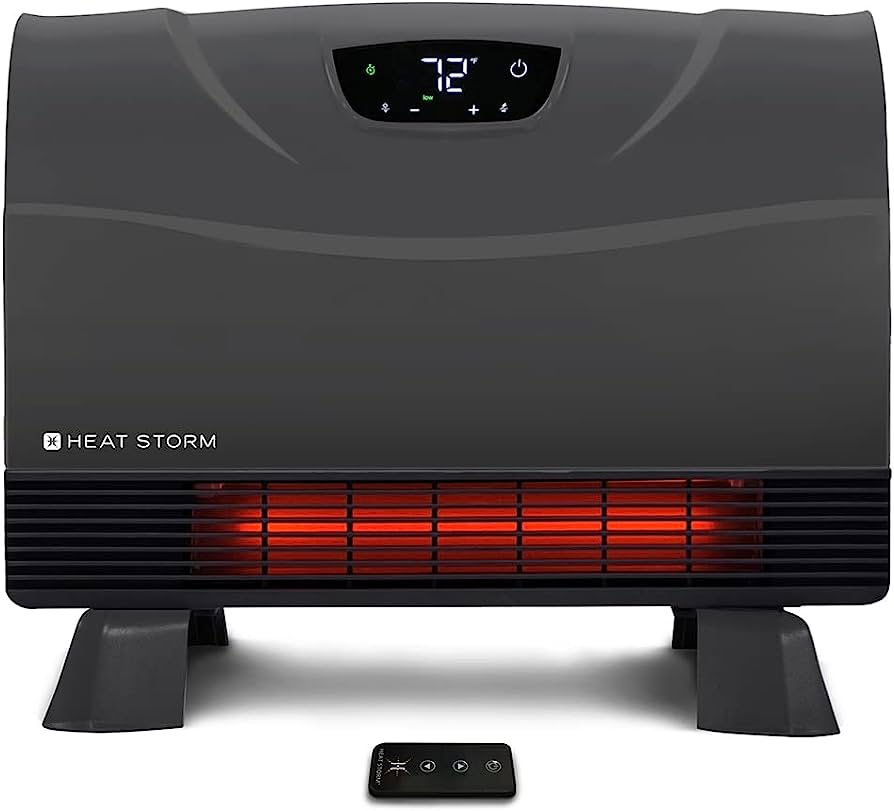
Seasonal variation plays a pivotal role in heating costs, prompting homeowners to adjust their heating strategies accordingly. By embracing energy-saving features and making use of available rebates and incentives, we can maximize our savings and contribute to a greener future.
The rise of smart energy management systems ushers in a new era of responsible heating, where convenience, automation, and data-driven optimization converge to create a seamless and efficient heating experience.
Finally, the art of zoning and careful temperature settings offer a symphony of heating efficiency, ensuring that we only use the energy we need to stay comfortably warm.
As we integrate these insights into our heating practices, we embark on a journey towards a warmer, more sustainable, and budget-friendly living space. Embracing energy-efficient heating practices not only benefits the environment but also empowers us to become responsible stewards of our resources.
So, let us wrap ourselves in the warm embrace of responsible heating and take bold steps towards a greener and more sustainable future for ourselves and the generations to come.


